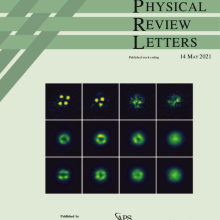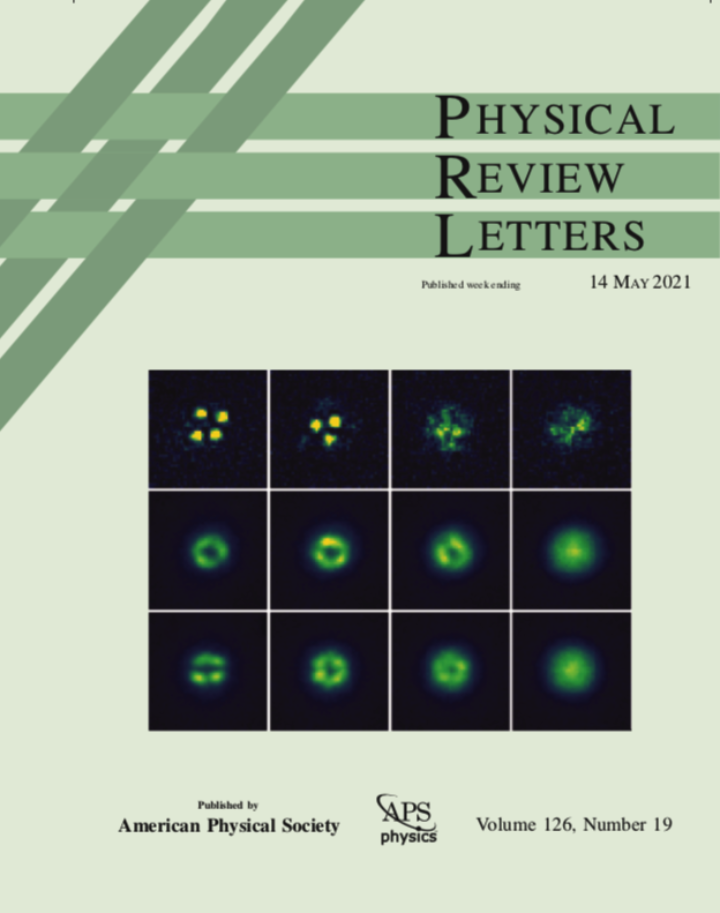A detailed study of the elementary excitations of a complex quantum system can reveal hidden internal properties. We have studied the so-called roton excitations and their role in the phase transition from a dipolar Bose-Einstein condensate to a supersolid or a droplet crystal. A supersolid is an elusive state of matter that allows for superfluid flow despite its crystalline order.
Roton excitations were historically introduced by Landau to explain the properties of superfluid liquid helium and can be seen as density waves with a finite wavelength whose energy reduces as a precursor of a crystallization transition. In dipolar BECs/quantum gases the roton excitation has so far exclusively been studied in elongated quasi one-dimensional trapping geometries where it is the origin of the crystallization to a so-called dipolar supersolid [Phys. Rev. X 11, 011037 (2021) and Phys. Rev. Lett. 112, 183401 (2019)]. In our recent study we focus on the crystallization mechanisms in a cylindrically symmetric oblate trapping configuration extending the previous studies to two dimensions.
In these oblate geometries we now find two kinds of roton excitations namely radial and angular roton modes, of which the angular roton modes feature a particular symmetry that defines the symmetry of the formed droplet crystal or a two dimensional supersolid.
Read the full paper “Roton Excitations in an Oblate Dipolar Quantum Gas”



